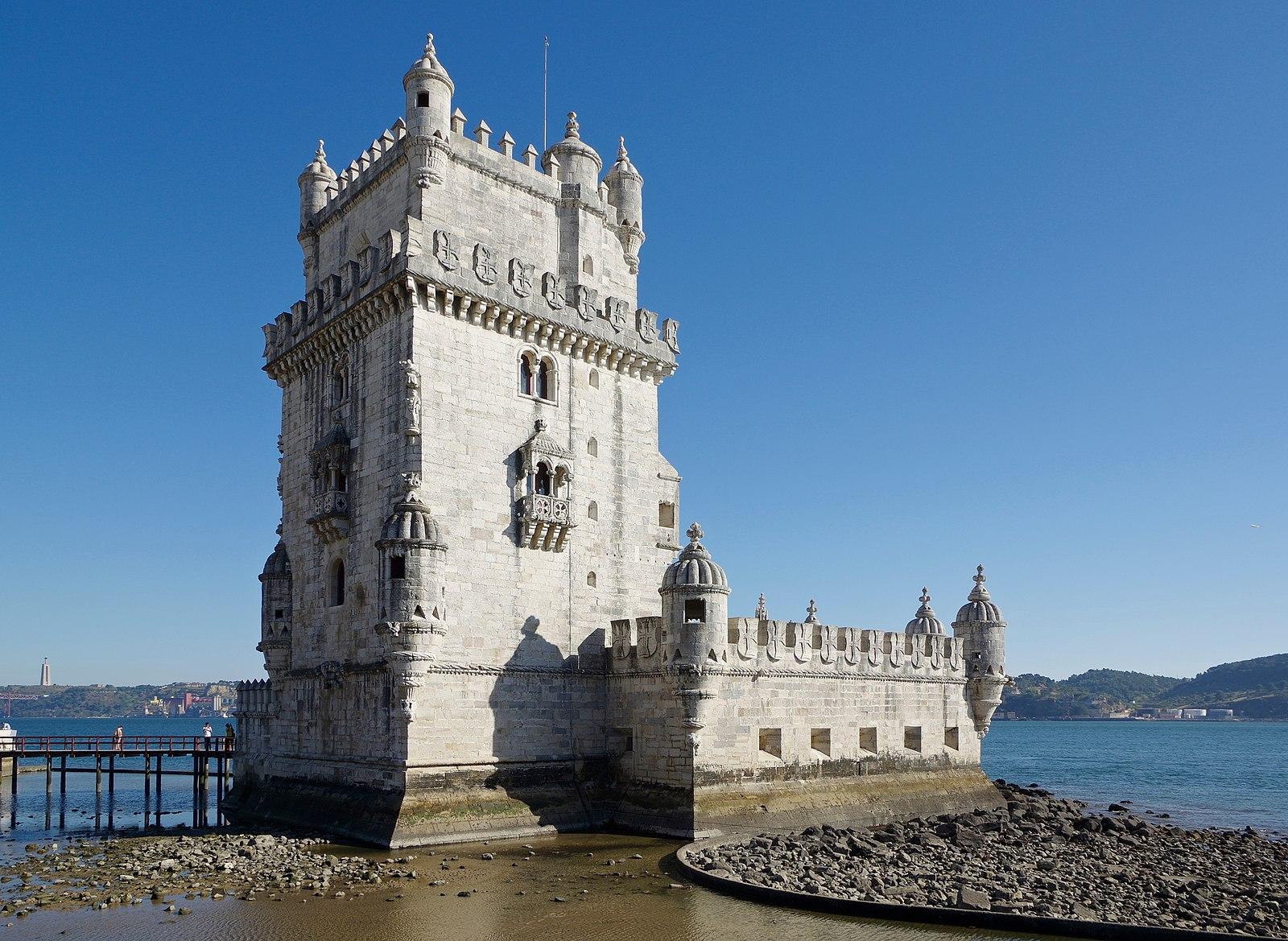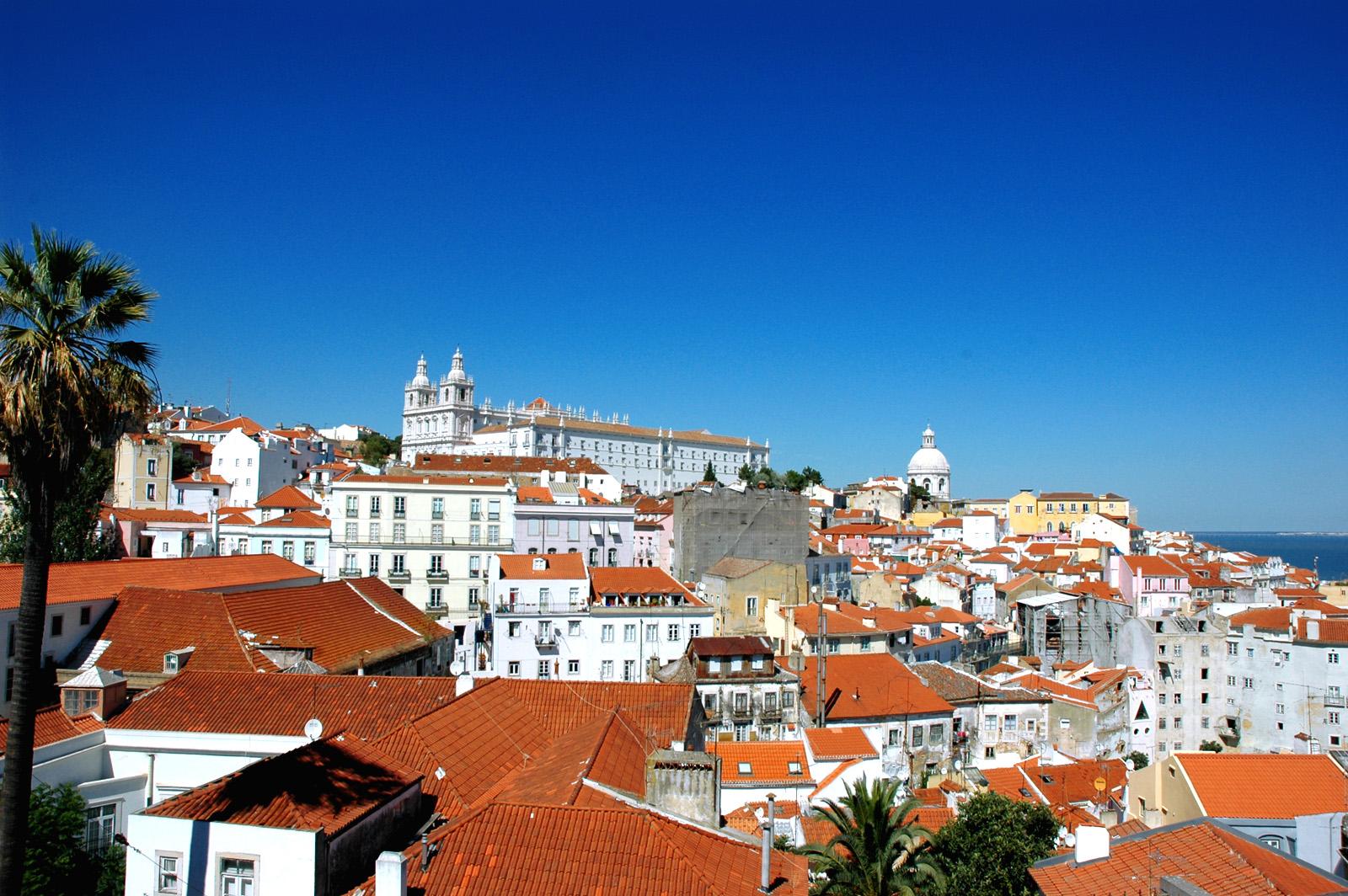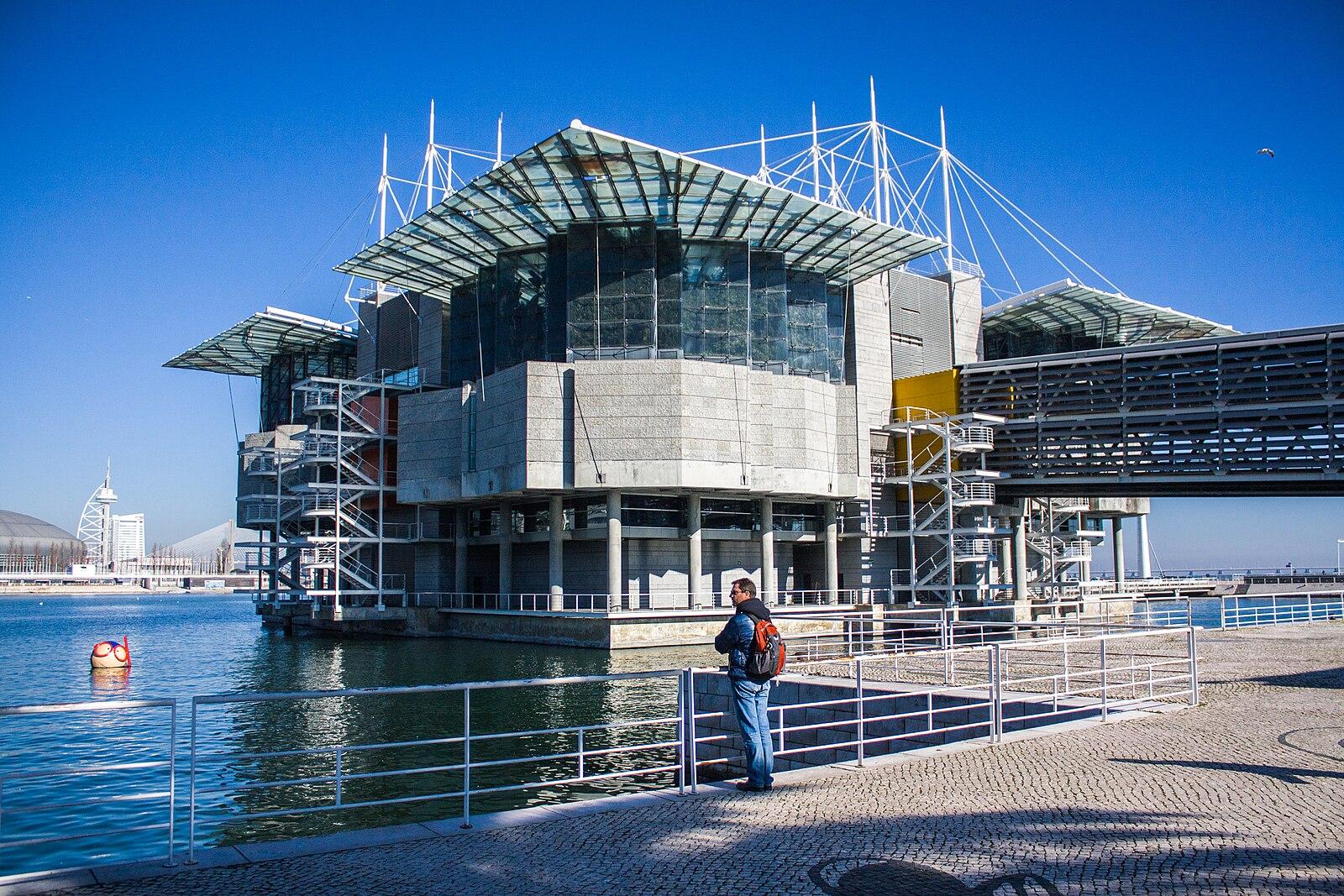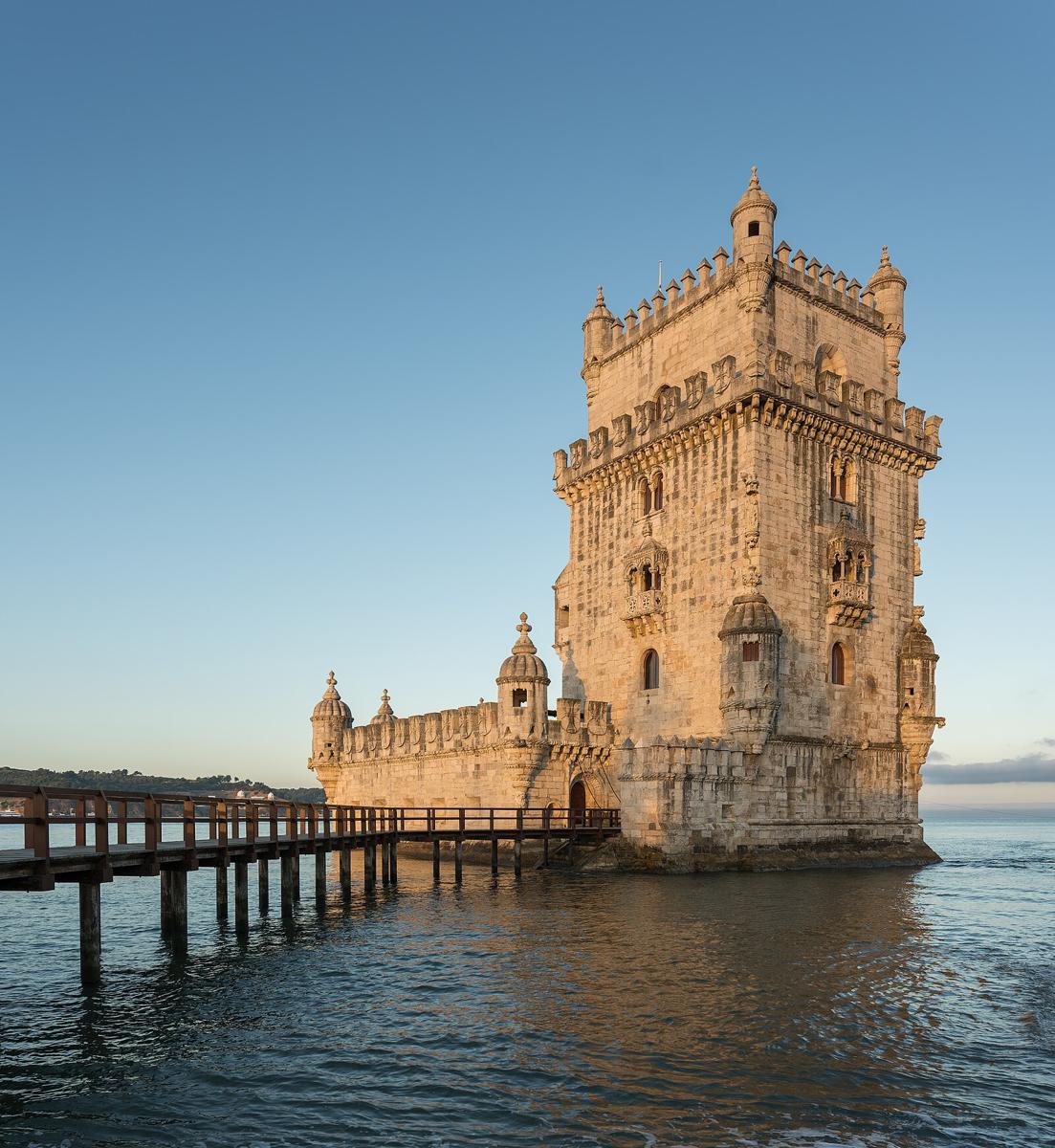Lisbon, the coastal capital of Portugal, is a city where tradition meets modernity amidst stunning architecture, soulful Fado music, and delicious cuisine. Whether you’re wandering its cobbled streets, indulging in pastéis de nata, or catching a panoramic view from a hilltop, Lisbon invites you to experience its unique charm. This guide offers everything you need to know to make the most of your visit—from must-see sights and local customs to handy phrases and hidden treasures.
Table of Contents
Must-See Places in Lisbon
Lisbon’s rich history and vibrant culture are reflected in its many iconic sites. Here are the top places every traveler should visit:

- Belém Tower (Torre de Belém): This UNESCO World Heritage site is an iconic symbol of Portugal’s Age of Discoveries. Built in the early 16th century, it blends Moorish and Manueline architectural styles and offers fantastic views of the Tagus River.
- Jerónimos Monastery (Mosteiro dos Jerónimos): Also in Belém, this stunning monastery is a masterpiece of Manueline architecture. Don’t miss the intricate carvings and the tomb of explorer Vasco da Gama.
- Alfama District: The oldest neighborhood in Lisbon, Alfama is a labyrinth of narrow, winding streets, colorful houses, and traditional Fado music venues. It’s perfect for soaking up authentic local life and panoramic views from the Miradouro de Santa Luzia or Miradouro das Portas do Sol.
- Praça do Comércio: This grand riverside square is one of the largest in Europe and a hub of activity. Surrounded by classical 18th-century buildings, it’s a great starting point for exploring Lisbon’s downtown area (Baixa).
- Castelo de São Jorge: Perched atop one of Lisbon’s highest hills, this medieval castle offers breathtaking views across the city and the river. Wander its battlements and gardens to feel Lisbon’s historical pulse.
- Elevador de Santa Justa: A striking neo-Gothic vertical lift that connects the lower streets of Baixa with the higher Largo do Carmo. The top platform offers a spectacular viewpoint.
- Oceanário de Lisboa: One of Europe’s finest aquariums, located in the modern Parque das Nações district, showcasing diverse marine life, perfect for families and ocean enthusiasts.
Local Customs and Etiquette
Understanding Portuguese customs will enrich your travel experience and help you connect with locals:
- Greetings: A common greeting among locals is a handshake, often followed by two light kisses on the cheeks between friends and family. When meeting someone for the first time, a polite handshake and “Bom dia” (Good morning) or “Boa tarde” (Good afternoon) is customary.
- Dining Etiquette: Wait for the host or the eldest person to start eating before you dig in. It’s polite to say “bom apetite” before meals. Keep your hands visible on the table but avoid resting elbows.
- Punctuality: Portuguese people value punctuality, especially in business settings. For social gatherings, a 10-15 minute delay is generally acceptable.
- Dress Code: Lisbon is stylish yet practical. Locals tend to dress smart-casual, so bring comfortable walking shoes without sacrificing style.
- Language: While Portuguese is the official language, many people in tourist areas speak English. Still, making an effort with basic Portuguese phrases is appreciated.
Useful Portuguese Phrases for Travelers
Learning a few simple phrases can go a long way in Lisbon. Here are some essentials:

- Olá – Hello
- Por favor – Please
- Obrigado/Obrigada – Thank you (male/female speaker)
- Com licença – Excuse me
- Desculpe – Sorry
- Quanto custa? – How much does it cost?
- Onde fica…? – Where is…?
- Eu não falo português – I don’t speak Portuguese
- Fala inglês? – Do you speak English?
- Um café, por favor – A coffee, please
Transportation Tips
Getting around Lisbon is relatively straightforward thanks to its well-connected and affordable public transportation system:
- Metro: The Lisbon Metro covers most of the city and is efficient and clean. It operates from 6:30 am to 1:00 am. Purchase a rechargeable Viva Viagem card for discounted fares.
- Trams: The iconic yellow trams are a charming way to explore. Tram 28 is particularly popular, passing through historic neighborhoods like Alfama, Graça, and Baixa. Be cautious of pickpockets on these crowded trams.
- Buses and Funiculars: Buses fill gaps in the metro network. Funiculars like Elevador da Glória and Elevador da Bica help navigate Lisbon’s steep hills comfortably.
- Taxis and Ride-Sharing: Taxis are affordable compared to many European capitals. Apps like Uber and Bolt also operate in Lisbon, providing convenient options.
- Walking: Lisbon is very walkable, but be prepared for hills and cobbled streets. Wear comfortable shoes.
Hidden Gems in Lisbon
Beyond the popular tourist spots, Lisbon hides many lesser-known treasures worth exploring:

- LX Factory: A trendy arts and cultural complex housed in a former industrial site, LX Factory is packed with cool shops, artisanal restaurants, street art, and hipster cafés. It has a remarkably creative vibe.
- Miradouro da Senhora do Monte: Often less crowded than other viewpoints, this hilltop offers sweeping panoramas of the city, castle, and river in a peaceful green setting.
- Tile Museum (Museu Nacional do Azulejo): Dedicated to Portugal’s iconic decorative tiles, this museum showcases centuries of stunning azulejo art in a former convent.
- Feira da Ladra: Lisbon’s flea market, held every Tuesday and Saturday in Alfama, is a paradise for vintage lovers and bargain hunters.
- Jardim do Torel: A quiet, elevated garden near Avenida da Liberdade, perfect for a picnic away from the crowds with lovely views.
- Casa do Alentejo: A hidden architectural gem and cultural center, this ornate palace is a fantastic place to enjoy traditional Alentejo cuisine and music.
When to Visit
The best times to visit Lisbon are spring (March to May) and fall (September to October) when the weather is pleasant and tourist crowds are smaller. Summers can be hot and busy with travelers, while winters are mild but wetter.
Food and Drink to Try
Portuguese cuisine is hearty and flavorful. Here are some must-try items during your Lisbon trip:

- Pastéis de Nata: These famous custard tarts are a Lisbon specialty, best enjoyed fresh from a bakery like Pastéis de Belém.
- Bacalhau à Brás: A traditional codfish dish mixed with eggs, potatoes, and onions.
- Caldo Verde: A comforting kale and potato soup often served with chorizo.
- Ginjinha: A sweet cherry liquor popular in Lisbon. Try it at a small kiosk, such as A Ginjinha near Rossio Square.
- Sardines: Grilled sardines are especially popular in summer festivals.
Final Thoughts
Lisbon is a city that captivates with its vibrant culture, rich history, and warm-hearted people. Whether you’re drawn to its spectacular viewpoints, historic sites, or culinary delights, Lisbon offers an unforgettable experience for every traveler. Take your time to explore beyond the usual paths, practice a few local phrases, and embrace the slow, joyful pace of Portuguese life. You’ll leave with memories of a city that feels both timeless and alive.
Boa viagem! (Have a good trip!)

Image credits
- Torre de Belém at sunrise, Lisbon, Portugal julesvernex2 by Jules Verne Times Two on Wikimedia Commons – cc by-sa 4.0
- Lisbon Torre de Belém BW 2018-10-03 16-33-21 by Berthold Werner on Wikimedia Commons – cc by-sa 4.0
- Jerónimos Monastery in Belém, Lisbon, 20250604 1340 9256 by Jakub Hałun on Wikimedia Commons – cc by 4.0
- Castelo de São Jorge, Lisboa 89 by Simon Burchell on Wikimedia Commons – cc by-sa 4.0
- Alfama district in Lisbon – panoramio by G Da on Wikimedia Commons – cc by-sa 3.0
- Lisbon Oceanarium (34535938846) by Shadowgate from Novara, ITALY on Wikimedia Commons – cc by 2.0
